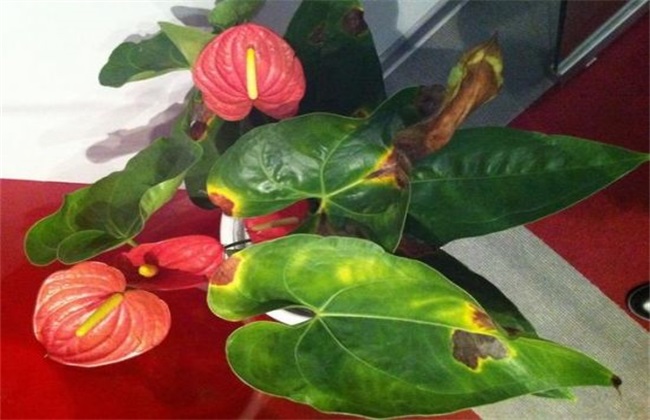How long can Rhizoma Drynariae be planted and harvested
Drynaria is a fern and a traditional Chinese medicine. Its root has the function of strengthening bone and tonifying the kidney. It is distributed in Shandong, Jiangsu, Taiwan and Liaoning in China. In the past, it was all wild in the mountains, woodlands and stone crevices. Now it can also be planted artificially. So how long the artificial planting can be harvested, and how long is the planting time? Friends who want to know can continue to read.

1. Planting and harvesting
Pteridophytes grow very fast and usually grow sporophytes two months after the spores are sown, but because the roots are mainly harvested, the roots may grow more slowly. Generally speaking, the spores can mature and sow around May, sporophytes grow in July, and the root system is not perfect in August. It can be harvested in April of the following year, about a year's time.
2. Methods of reproduction
Generally, spores reproduce very fast, and spores germinate very little naturally, so spores can be artificially collected, air-dried, made sporangial suspensions, sprayed on sterilized cinder soil, exposed to light, and gradually formed gametophytes, fertilized into sporophytes and planted on trees. Ramet propagation, using the rhizome to cut into segments, leaving bud points and spore leaves, placed in the stone crevice. Often spray water, moisturize, will grow.
3. Moisturizing management
The humidity requirement of cultivated Rhizoma Drynariae is very strict. after growing seedlings, it is necessary to water or spray water every day. If there are withered ones, take them off and soak them in water. After the leaves are restored, they will be planted back, and the withered leaves will not be cut off and new leaves will be promoted. If first yellow and then withered, do not water, the stagnant water root may be rotten, take out and trim the root before planting. It is best to water it in the morning and not in the evening to keep it ventilated.
4. Nutrition management
Planting soil should be loose, fertile and acidic, and can be prepared by yourself, with humus soil, peat soil and coarse sand, with the most humus soil and less others. Fermented compost can also be used. If the root system is weak, fertilizing should be light and diligent. Use dissolved fertilizer, nitrogen fertilizer but not too much, just compete for root nutrition. Phosphate fertilizer can not be lacking, promote root growth, spray potassium dihydrogen phosphate. Potash fertilizer should be applied to avoid yellowing.
Rhizoma Drynariae can usually be harvested after planting for about a year, but if you want to have larger roots, you can also delay harvesting, which can be harvested all year round. The method of spore reproduction should be paid attention to, which is different from ordinary plants. The most important thing in cultivation management is moisturizing and fertilization.
Related
- Fuxing push coffee new agricultural production and marketing class: lack of small-scale processing plants
- Jujube rice field leisure farm deep ploughing Yilan for five years to create a space for organic food and play
- Nongyu Farm-A trial of organic papaya for brave women with advanced technology
- Four points for attention in the prevention and control of diseases and insect pests of edible fungi
- How to add nutrient solution to Edible Fungi
- Is there any good way to control edible fungus mites?
- Open Inoculation Technology of Edible Fungi
- Is there any clever way to use fertilizer for edible fungus in winter?
- What agents are used to kill the pathogens of edible fungi in the mushroom shed?
- Rapid drying of Edible Fungi



